Types of domestic heating system
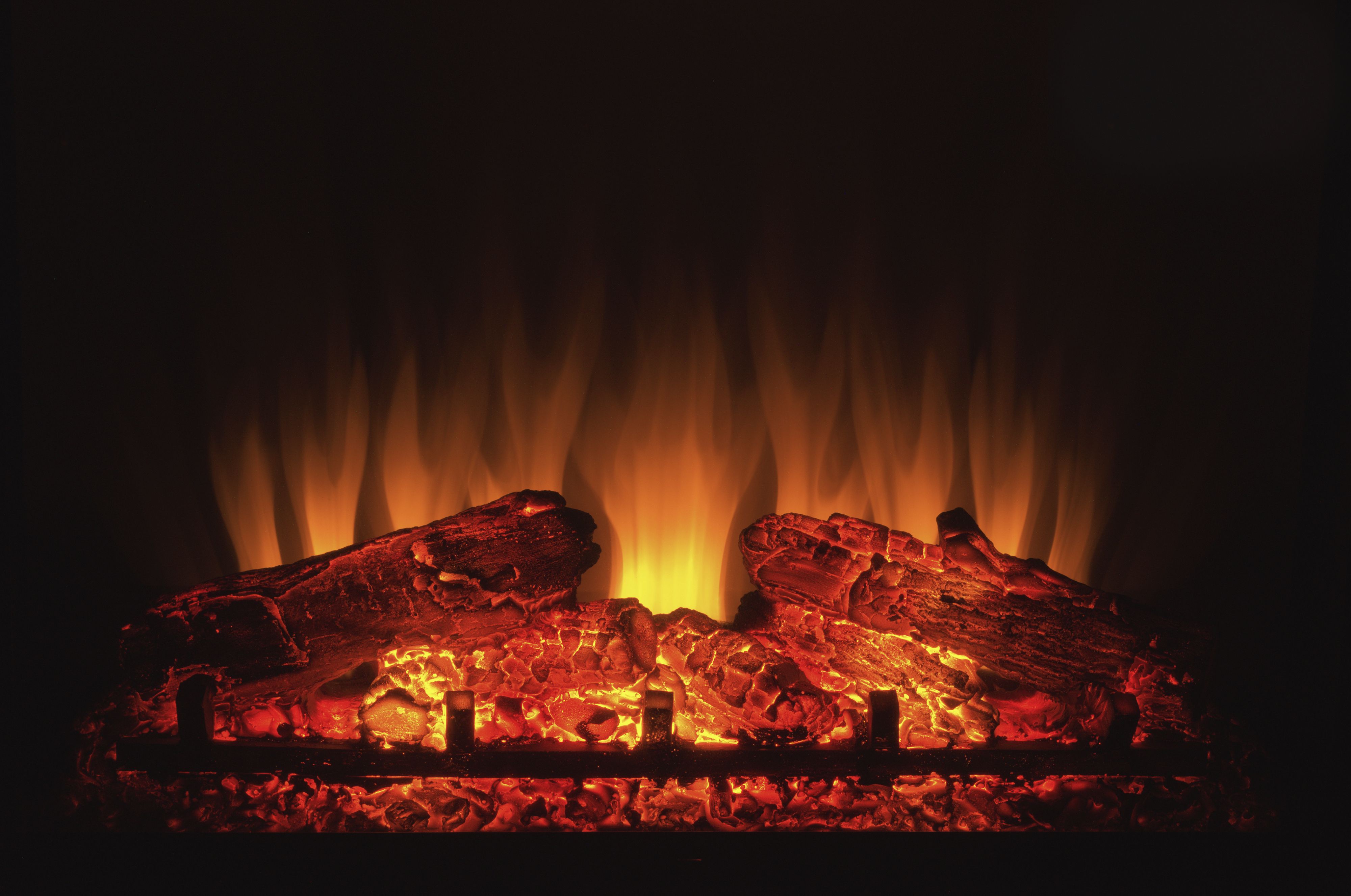
|
[edit] Introduction
Heating in buildings may be necessary to:
- Create comfortable conditions for occupants.
- To prevent condensation.
- For activities such as drying and cooking.
- For industrial processes.
In commercial buildings, heating for comfort might be provided alongside other building services in heating, ventilation and air conditioning (HVAC) systems.
In dwellings, heating is typically provided by central heating systems, in which heat is distributed from a central source, however, localised heating systems are also still in common use.
[edit] Gas heating systems
Gas is a highly efficient fuel, with modern condensing boilers achieving efficiencies of 90% or more. However, gas is a fossil fuel and it produces carbon dioxide when burned.
The term 'mains gas' refers to natural gas that is distributed through a pipeline infrastructure. In the UK, mains gas is supplied to more than 21 million homes and is the most popular fuel for heating and cooking. If mains gas is not available, liquid petroleum gas (LPG) can be used. This must be stored in a tank on-site.
[edit] Wet systems
In a ‘wet system’, water is heated by a gas-fired boiler and then circulated through a system of pipes connected to radiators which deliver heat through convection. Hot water can also be provided for bathing and washing, either generated instantaneously when there is a demand, or stored in a hot water cylinder/tank.
[edit] Warm air systems
Warm air systems consist of a gas boiler which heats air that is then distributed around a building via ductwork. The warm air then enters rooms through floor or wall vents. This system is commonly used in dwellings in the USA, but was generally phased out in the UK after the 1960s and 70s. It is still used in commercial buildings.
[edit] Oil systems
Liquid oil can also be used to fire a boiler and heat water. Like gas, oil is a highly efficient fuel, although it is also a fossil fuel and prices are subject to large fluctuations. Oil is generally delivered by lorry and then stored in a tank on site.
[edit] Renewable heating systems
There are a number of ways that heat energy can be generated using renewable technologies:
- Air source heat pumps.
- Ground source heat pumps.
- Water source heat pumps.
- Biomass boilers.
- Solar thermal panels.
[edit] Electric heating systems
Electricity is generally easier to distribute than oil or gas, but electric heating tends to be more expensive.
[edit] Storage heaters
The most common type of electric heating system is a storage heater. This involves individual electric heaters that heat up internal ceramic bricks overnight using off-peak electricity and store it for use during the day. The same system can be used to heat a hot water tank. For more information see: Storage heaters.
[edit] Immersion heaters
Immersion heaters are electric water heaters that heat water in hot-water cylinders in a similar way to a kettle. They can provide a building’s hot water and can also be used as a back-up for combi boilers.
[edit] Local heaters
Local electric heaters can be used to as stand-alone systems, or to supplement central heating during cold periods. These may be; fan heaters, thermostatic tubular heaters, skirting heaters, infra-red heaters (radiant heaters), frost protection heaters, and so on.
[edit] Solid fuel systems
Solid fuel systems are most commonly fuelled by coal or wood. These can either be central heating systems, such as coal or wood-chip fuelled boilers, or local systems such as open fires, wood-burning stoves, and so on. Some solid fuel systems, such as wood-burning stoves may be considered 'sustainable' as the fuel is carbon neutral, however, their emissions can be polluting, and there are increasing restrictions on their use, particularly in cities.
[edit] Micro CHP
Micro-CHP or micro combined heat and power is the small-scale generation of heat and electricity from a single energy source. Micro-CHP is becoming more common in domestic buildings, where it can be installed as direct replacement for gas-fired boilers.
For more information see: Micro CHP.
[edit] District energy systems
District energy (or district heating) is the process of heating and/or cooling a group of buildings from a central thermal energy generation plant via a network of fluid distribution pipes.
For more information see: District energy.
[edit] Understanding central heating systems
Central heating doesn’t have to be as confusing as you think. Once you learn about all the different central heating options available to you, it gets much easier to source the right solutions for your needs. The vast majority of central heating systems come in three different combinations. These are combination boiler systems, sealed systems with hot water cylinders and open vented systems with hot water cylinders. The first ever central heating systems in the UK came into use way back in the 1830s. In fact, it’s said that systems similar to central heating were used by the ancient Greeks. The vast majority of British homes now include a central heating system. Central heating as we know it today first started to come into prominence in the 1970s.
[edit] Boiler
The main part of many central heating systems is the boiler. Boilers have many different energy ratings and fuel types. Plumbers use a number of calculations to decide how much heat energy is required from your boiler to deliver the comfort, warmth and efficiency you need. The required level of heat energy will depend on factors like how big your property is and what materials it was constructed from.
[edit] Fuel types
- Natural gas: This burns methane from the gas mains in most locations
- LPG: LPG burns liquid petroleum gas
- C2: This oil type burns kerosene
- D: This oil type burns gas oil
- Solid mineral fuel: Burns coke or coal
- Biomass fuel: Can be used burn chippings, pellets and wood logs
- Electric: Comparable to a large kitchen kettle
[edit] SAP ratings
SAP ratings tell you how efficient your boiler is. Type A is the best rating and delivers 90% fuel efficiency, with Type G offering the least.
[edit] Boiler types
- Conventional boilers: These are the most basic boilers available, burning fuel to provide heat for hot water and central heating.
- System boilers: A system boiler delivers central heating and/or heating, storing hot water in a tank.
- Condensing boilers: These boilers retain the heat from gases released when fuel is burned, making sure heat that would normally be wasted can be used. They condense steam into water.
- Combi boilers: Combination boilers are able to provide instant hot water as well as central heating.
[edit] More central heating components
[edit] Radiators
Radiators are the most common items for heating homes. The vast majority of radiators are produced from steel, but some are produced with aluminium and copper. Radiators transfer heat to air as it moves over the radiator panel, with warm air rising and sending cold air back over the radiator surface.
[edit] Underfloor heating
Underfloor heating normally comes in the form of plastic pipes found under solid floor surfaces. They enable your floor to heat your room, with heat being radiated upwards. Underfloor heating is being frequently added to new builds as well as extensions and conservatories. Wooden and tiled flooring are the most effective options when it comes to optimising the efficiency of underfloor heating.
[edit] Fan heaters
Fan heaters are also known as blow heaters. They use fans to pass air over heat sources such as heating elements.
[edit] Pipework
Pipes used for central heating are made from either plastic or copper. Sizes can range from 8mm to 35mm in diameter. Various factors are taken into account when pipework for central heating systems is selected.
[edit] Expansion vessels
These vessels are used in sealed central heating systems. Their purpose is to control expansion. When water is heated, its volume can increase by around 4%. The vessels make sure the extra water has somewhere to go and prevent bursting.
[edit] Expansion relief valves
These also belong to sealed systems. The function of these valves is to make sure the system remains in operation and pressure is removed when it becomes over-pressurised or when there is an issue with your vessel.
[edit] Header tanks
Also known as ‘feed and expansion tanks’, header tanks top up central heating systems with water and provide a destination for hot water when systems overheat. These belong to open heating systems.
[edit] Pumps
Pumps are sometimes found inside boilers but are often located in airing cupboards. They are used to pump water heated by your boiler.
[edit] Motorised valves
These components decide where water for your boiler goes to. They have a motor attached to the top which enables them to control how heated water flows and whether it is sent to your hot water or central heating system. The two main types of motorised valves are 2 and 3 port valves.
[edit] Central heating controls
These controls work together to allow your system to operate and can include valves and sensors.
[edit] Thermostat
The boiler thermostat is a dial which often includes numbers. It allows you to decide the temperature of the water pumped from your boilers and gain more control over how your home is heated.
[edit] Programmers and timers
Programmers and timers are used to control how hot water flows from your radiators and/or hot water cylinders. You can also use these facilities to switch your system on and off and tell your heating when to start and stop operating.
[edit] Room thermostats
Many people have numerous room thermostats inside their home, with different ones being used for different rooms. They can tell you how warm the air is inside a room and can instruct the central heating to come on if the temperature is too low. They can also tell your heating to turn itself off when it becomes too warm. It is important to avoid blocking your thermostats with furniture and curtains so they can sense the temperature. You should also avoid placing them near heat sources.
[edit] Thermostatic radiator valves
These are similar to room thermostats in that they can turn your radiators on and off when temperatures rise or fall to certain levels. They also regulate the way water flows through the radiators they are attached to but do not directly control your boiler.
[edit] Related articles on Designing Buildings
- Boiler.
- Building heating systems.
- Building services.
- Central heating.
- Combustion plant.
- Heat meter.
- Heat pump.
- Heat recovery.
- Heat stress.
- Heat transfer.
- Heating large spaces.
- Hot water.
- Low carbon heating and cooling.
- Mechanical, electrical and plumbing MEP.
- Radiator.
- Storage heaters.
- Thermal comfort.
- Thermostat.
- Types of heating.
- Underfloor heating.
- Water heating.
--RangeHeating 16:55, 29 May 2019 (BST)
Featured articles and news
Considerate Constructors Scheme acquires Building A Safer Future
Acquisition defines a new era for safety in construction.
AT Awards evening 2024; the winners and finalists
Recognising professionals with outstanding achievements.
Reactions to the Autumn Budget announcement
And key elements of the quoted budget to rebuild Britain.
Chancellor of the Exchequer delivers Budget
Repairing, fixing, rebuilding, protecting and strengthening.
Expectation management in building design
Interest, management, occupant satisfaction and the performance gap.
Connecting conservation research and practice with IHBC
State of the art heritage research & practice and guidance.
Innovative Silica Safety Toolkit
Receives funding boost in memory of construction visionary.
Gentle density and the current context of planning changes
How should designers deliver it now as it appears in NPPF.
Sustainable Futures. Redefining Retrofit for Net Zero Living
More speakers confirmed for BSRIA Briefing 2024.
Making the most of urban land: Brownfield Passports
Policy paper in brief with industry responses welcomed.
The boundaries and networks of the Magonsæte.
London Build Fire and Security Expo
20-21 Nov and now with new Ambassador Programme..
The Scottish Building Safety Levy
Eight weeks of consultation closing on 18 November.
The grey, the brown and the golden rules of housing
shifting policies from the wild west of housing development.
Future proofing homes that are fit for purpose
Specification challenges and the role of plastic.
Thousands of new homes unlocked for brownfield sites
£68 million to 54 councils for neglected land into new homes.







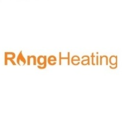




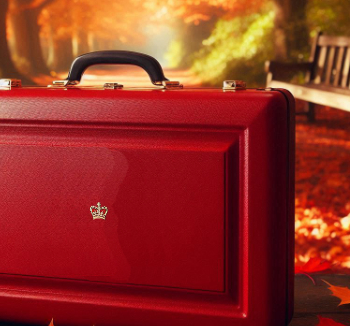



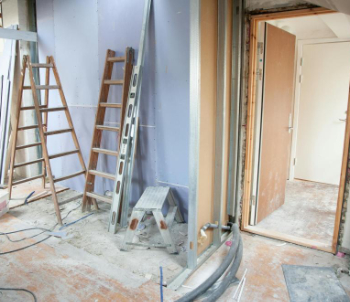



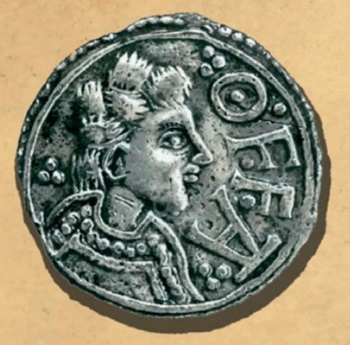
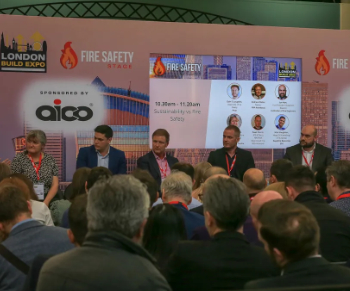


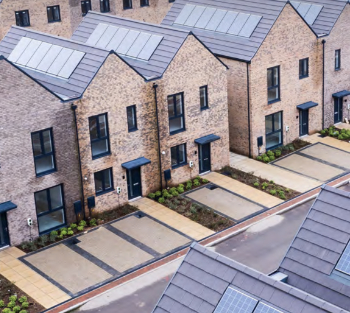
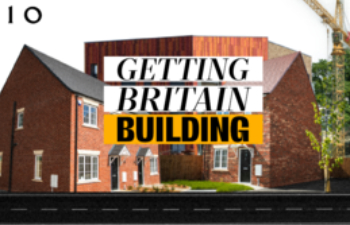
Comments
[edit] To make a comment about this article, click 'Add a comment' above. Separate your comments from any existing comments by inserting a horizontal line.